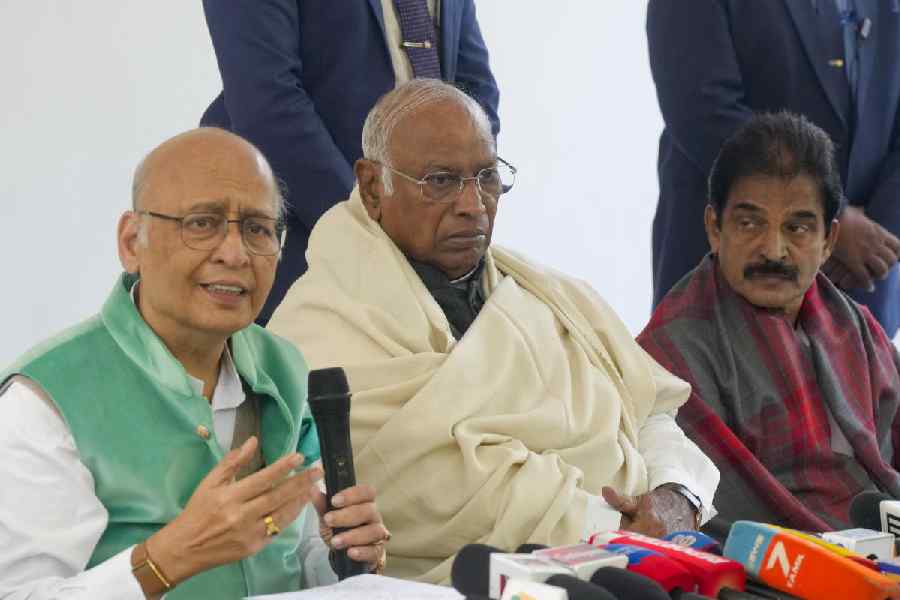Every year, we ask Indians what they financially aspire to in life. One aspiration keeps emerging as the most important: saving for child’s education. So how is it that so many parents struggle to plan something as important to them as this?
Picking the right financial investment tool for your child’s future is critical. The key problems I see with many child investment plans is that they provide inadequate returns, under achieve both as life insurance covers and investments, and are not easy to exit when you need liquidity.
The allure of assured returns and moneyback payments draw parents to these plans. While the promised returns appear attractive on paper, they don’t beat inflation. So what are some better ways to invest for children?
A typical child plan
Consider the benefit structure of a typical child plan. Let’s say your plan needs an investment of Rs 1 lakh per year for 20 years. In years 15 and 16, you get back Rs 2 lakh a year. In years 17, 18, 19 and 20, it is Rs 3 lakh.
In the 21st year, the policy matures, and you get Rs 20 lakh plus accruing bonuses. If you passed away during the policy term, your family would receive the life insurance benefit of Rs 20 lakh. On a total investment of Rs 20 lakh, the plan returns Rs 36 lakh in multiple installments, allowing you to finance the various stages of your child’s education. Sounds good, right? But what about the annual rate of return on this investment?
How the returns compare
Using the numbers above let’s calculate another investment. But this time, we will use India’s worst performing equity fund in the last 20 years. As of November 1, this fund has returned 12.75 per cent per annum since 2001.
Assume you invested Rs 1 lakh a year in it for 20 years, and withdrew Rs 2 lakh in years 15 and 16, and Rs 3 lakh in years 17, 18, 19 and 20. Despite the withdrawals and the rock-bottom rate of return, you would still be left with Rs 64.54 lakh at the end of 20 years — more than 3X what the above child plan returns. If you were fortunate to pick a fund that returned 20 per cent in this tenure, you’d have been left with Rs 1.93 crore in the end.
Therefore, to be left with just Rs 20 lakh in the above child plan, an annual rate of return of a measly 6.1 per cent would apply. This is less than even EPF, which would have left you Rs 31.44 lakh in 20 years. So why would anyone chase assured returns when they are so low?
Assured returns hitches
Assured returns, while reassuring, will be woefully low for the goal that you’re investing for. In the above case, your investment returns 6.1 per cent while education inflation is in double digits. A business school charged Rs 4 lakh for its two-year management programme in 2007. In 2021, it charges Rs 27 lakh. This implies an annual inflation rate of 13.58 per cent in the course fees over 15 years. Assuming that rate to be constant, the course would cost Rs 1.82 crore in another 15 years.
Hitting this number with an investment with poor returns would require you to pay a high investment cost. You’d have to invest Rs 62,000 per month for 15 years to save Rs 1.82 crore assuming an assured return of 6.1 per cent. But if the rate was a market-linked 15 per cent per annum, you could get there with just Rs 27,000 a month.
With a market-linked investment such as a mutual fund, you also have the flexibility of liquidation at any moment of your choosing. But with assured returns plans, a premature surrender would carry heavy charges.
Better options
While it’s common to make investing mistakes at the start of your working life, it’s important to take corrective actions and not make those mistakes long-term. When investing for goals that are far away in the future — whether your child’s education or your retirement — you can help yourself by investing in market-linked instruments such as equity, mutual funds, index funds, and ETFs.
Over a span of 10+ years, they should be able to provide double-digit returns, liquidation without penalties, and the option to change your investing style if it isn’t working for you. And since the investment cost is low, you would have enough money left to buy yourself adequate life coverage.
Secure yourself
Most child plans provide life insurance as well. The problem with these plans is also the poor life coverage. In the above example, a life cover of Rs 20 lakh could prove grossly inadequate - not just for your child’s education needs but also for the needs of your surviving family members.
A person with dependents should always buy a term policy with a sum assured of 10-20 times their current annual income. Each member of the family should have a health cover of at least one time the annual income. This would ensure that a costly hospitalisation doesn’t force you to dip into the funds saved for your child.
Your child’s future is too important to take a bet on with opaque investment plans that may lead to disappointment. Market-linked investing for the long-term is almost always smarter. When in doubt, consult a qualified investment adviser.
The writer is CEO, BankBazaar.com










